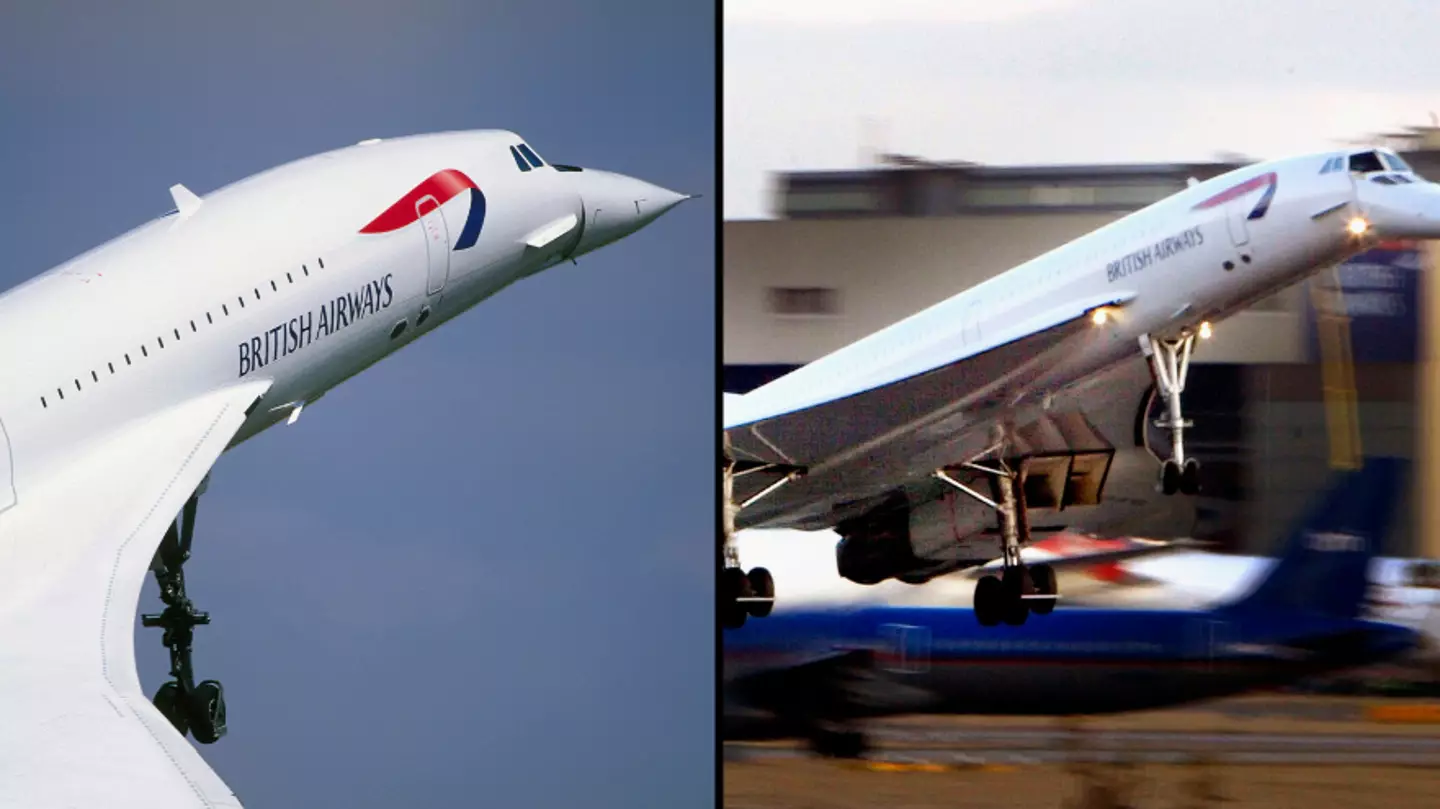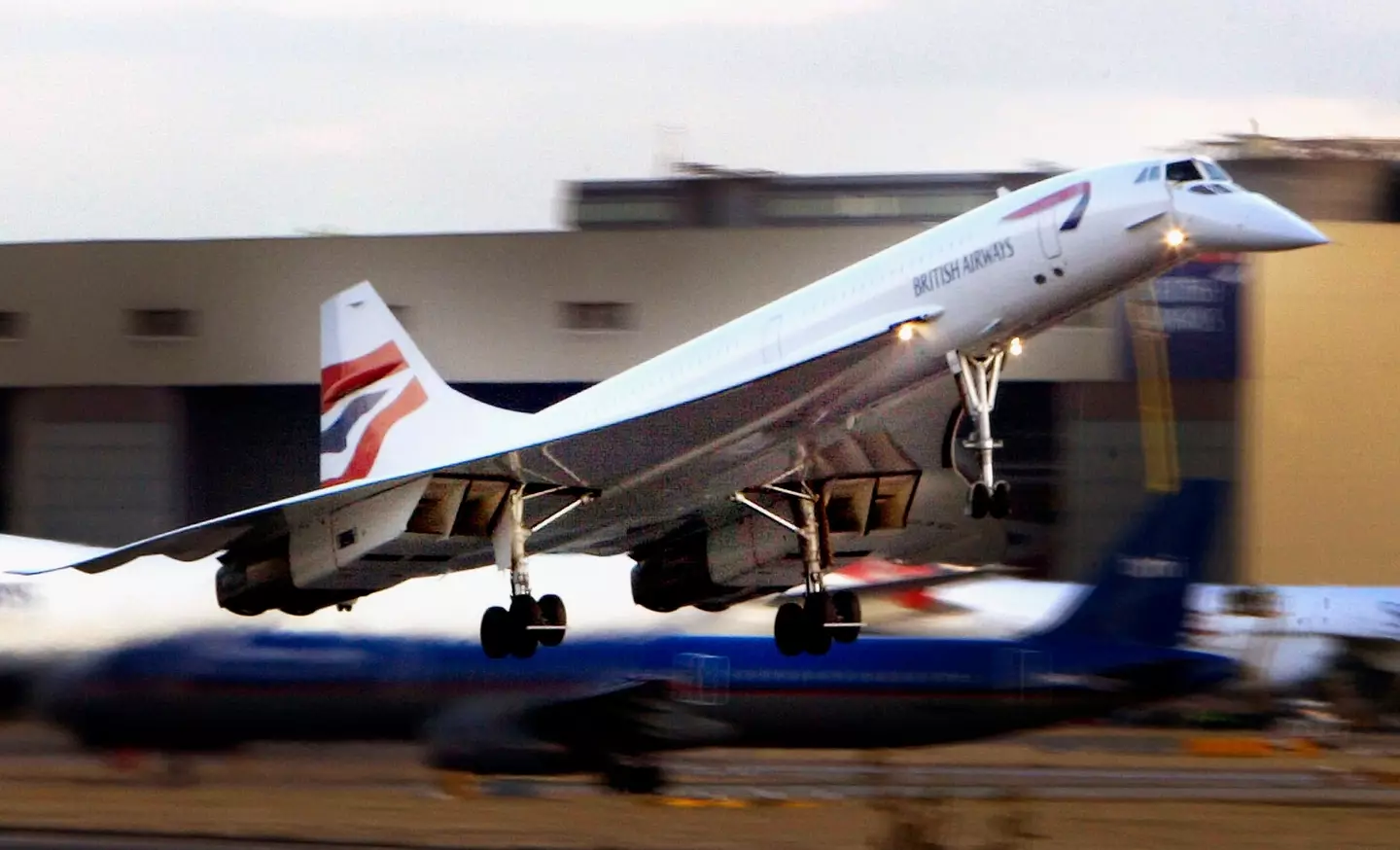
The real noise of a Concorde plane breaking the sound barrier is doing the rounds online again.
Concorde will go down in history as one of aviation's finest supersonic airliners, with its sharp looks and incredible speed, those who were lucky enough to see it witnessed a spectacle.
Those who were inside them were even luckier, as it could travel from London to New York in less than three hours.
Concorde was an Anglo-French supersonic airliner developed in tandem by teams in the UK and France, resulting in one of the most spectacular aviation inventions of all time.
Advert
Work started in 1954, with the first test flight taking place in 1969 and its commercial introduction coming in 1976. The programme cost an estimated £70 million, which adjusted for inflation is upwards of £1.4 billion.
They would seat 100 passengers and used four Rolls-Royce jet engines to reach its supersonic speeds.
Speeds of up to Mach 2.04 (1,350 mph) could be maintained at supercruise at an altitude of 60,000 ft.

The sounds they made when they broke the speed of sound (660 mph) would be absolutely huge, and it was often a spectacle for people to witness the airliner break the sound barrier.
Advert
People would often film and be left in awe, as shown in the YouTube video below.
This loud noise also brought about complaints from those on the ground, as it could be disruptive and sometimes shocking to unsuspecting people.
Concorde also required a lot more fuel compared to other planes, burning fuel twice as fast as a 747-400 for example.
Advert
But it was able to sit in 'supercruise' without using its afterburners, which actually meant that it used half of its fuel for take-off and landing.
It would cover 22.5 miles per minute at its peak speed, though its use did prompt a number of environmental and noise protesters at airports.
Those inside the planes weren't bothered though, as screens would show the Mach number, altitude and temperature - sounds pretty darn cool.

Sales were never a problem in the 80s and 90s either though, as former captain John Hutchinson recalled that they charged passengers £4000-5000 per ticket as they thought that was how much they cost when they were asked.
Advert
They were businessmen though, and their assistants booked their tickets.
So why aren't they around anymore?
In July 2000, one Concorde airliner, Air France Flight 4590, suffered a horrible crash shortly after take-off, killing all 109 onboard. The crash also killed 4 on the ground as it collided with a hotel after catching a metal strip on the runway that punctured a tyre, sending rubber into the wing that then damaged the fuel tank.
The plane was set alight before its crash, and it even came close to colliding with a Air France Boeing 747 that had French President Jacques Chirac aboard.
Advert
Concorde operations were suspended until 2001, and it was retired for good in 2003.
They have been deemed too expensive to run today, but you can see most - if not all of them - displayed in museums across Europe.
Featured Image Credit: aviation-images.com/Universal Images Group / Ian Waldie/Getty ImagesTopics: History, Science, Technology, Travel